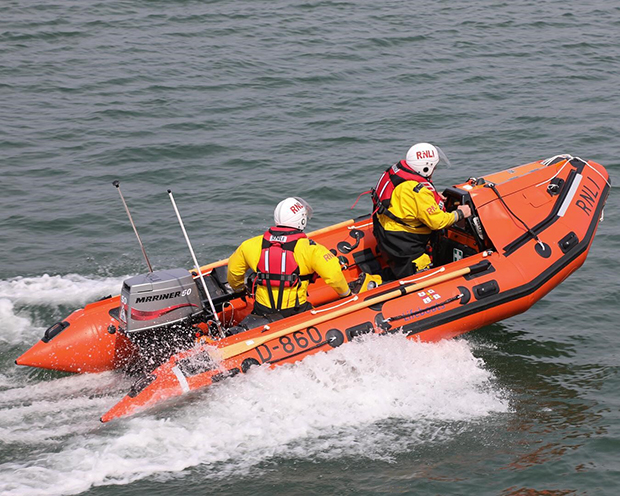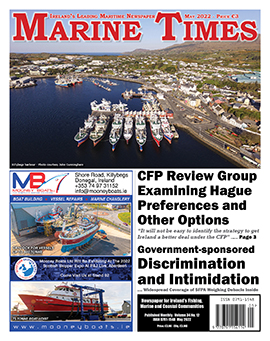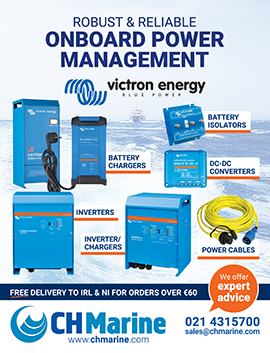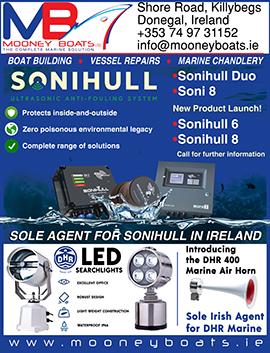Legacy from British actor funds Fenit RNLI’s new inshore lifeboat ‘Lizzie’
A legacy from a popular British actor has helped to fund Fenit RNLI’s new inshore lifeboat. The lifeboat is being named Lizzie in memory of Liz Frazer this Sunday (29 May), in a ceremony at the Fenit Lifeboat Station with the public being invited to attend. The lifeboat is being named by Jan Bolt, the station’s admin officer and wife to the late station mechanic Bob Bolt.

Liz Fraser, who was born in Southwark in 1930 was a well-known and much-loved British actor, starring in roles on stage and screen over a career spanning decades. From her early TV work in Dixon of Dock Green, and Hancock’s Half Hour to four Carry On films to a final performance at the age of 87, in a role on the popular English crime drama, Midsomer Murders, Liz’s work was loved and seen by many. Her wish to fund a lifeboat in her name will now see a Kerry lifeboat station become the permanent home for her kind legacy.
Gerard O’Donnell, Fenit RNLI Lifeboat Operations Manager said: ‘We are honoured to be the recipients of this incredible legacy. The arrival of a new lifeboat at a station is always a source of great joy and celebration but there is also a sadness that the person who made it possible is not here to witness it. We thank Ms. Fraser for her lifesaving donation and for bringing a touch of showbusiness to Kerry. We will do our best to honour this gift and to pay tribute to our donor with every callout the lifeboat crew carry out.’
It will be a poignant day for the station with Jan Bolt, the wife of the late station mechanic Bob Bolt naming the lifeboat.
The D-class lifeboat was first introduced into the RNLI fleet in 1963 and the design of the inflatable lifeboat continues to evolve to meet changes in demand and technology. The inshore lifeboat is highly manoeuvrable and usually operates closer to shore than the all-weather lifeboats. Its strength is in searches and rescues in the surf, shallow water, and confined locations - often working close to cliffs, among rocks and even inside caves. Importantly it can also be righted manually by the crew in the event of capsize.
The D class has a maximum speed of 25 knots and can carry three crew members and five survivors. Its communications and navigation equipment include a fitted and hand-held VHF radio, magnetic compass, and an onboard global positioning system (GPS) plotter.
Music at the ceremony will be provided by Tralee Pipe Band and the Fenit National School Choir.




.jpg)
 Facebook
Facebook Twitter
Twitter